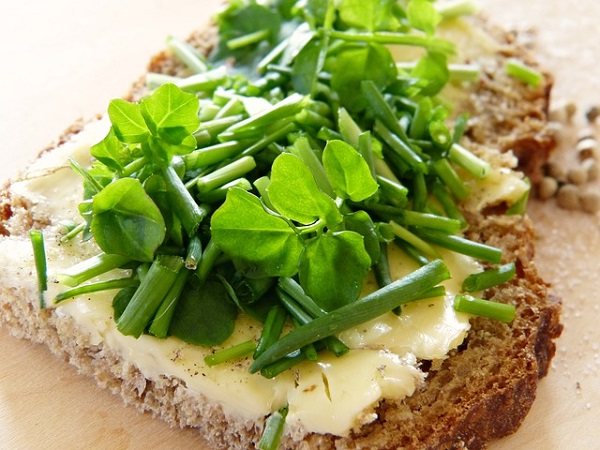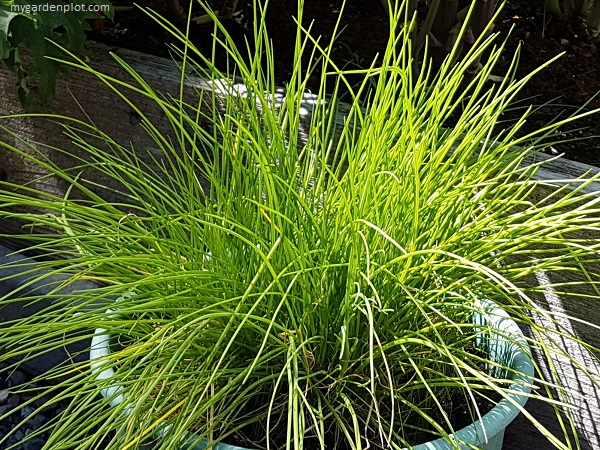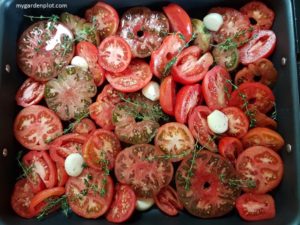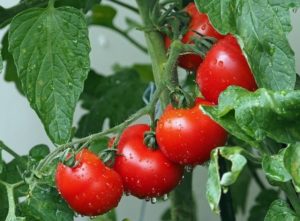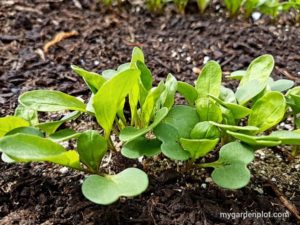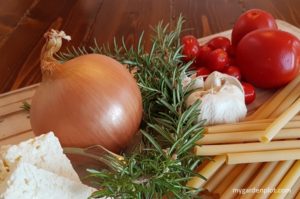Warm Season Herb: Chives (Allium schoenoprasum)
Although chives are related to onions and garlic, they are considered a herb. It is a grass-like hardy perennial that can be grown in zones 3 to 10. The pink or purple round flowers of the A. schoenoprasum are attractive and edible too. Below are easy to follow steps how to grow chives in your garden.
There are very few chive varieties to choose from. However, for a more garlicky flavour, try A. tuberosum ‘Garlic Chives’ or also known as Chinese chives, or ‘Lion’s Mane’. These are fast-growing chive plants and have white flowers. Chives are super easy to grow from seed, and once established, it returns year after year. They grow easy without much effort. They can be planted in garden beds or in pots. And can happily grow by a windowsill. They are best used fresh in cooking rather than frozen or dried. We have a few potted chives near the kitchen door to quickly snip for cooking. They are a versatile soft herb with a mild onion flavour adding a subtle taste to many dishes – and their flowers are edible! The flowers can also be used as a garnish with soups and salads. Check out some culinary suggestions below about cooking with chives.
Chives At A Glance
Type: Perennial herb
Location: Full sun
Season: Spring (once established) / Summer
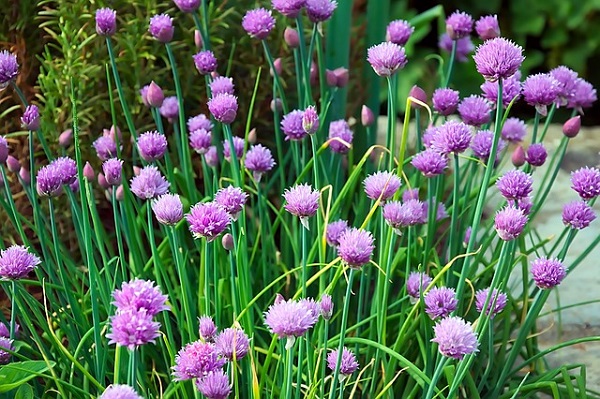
How To Plant And Grow Chives
Chives are not fussy to grow, but they thrive best in a sunny location with well-draining soil. Young plants can be planted outside in spring when the ground starts to warm up. Chives grow easily from seed too. If growing from seed when it is still cool outside, start indoors about a month before moving out to plant in the garden.
Don’t overwater chives but do keep evenly moist, especially during hot summer months. Chives grow easily and only need fertilizing in spring. Keep the base clear for good air circulation. They are pest-free as they naturally deter most nuisance insects.
If you wish to control your chives from spreading, don’t let them go to seed. Keep weed-free as best as possible as weeds growing among chive foliage is near impossible to remove afterwards. I have some chives sections that are happily growing in garden beds, which we let go to flower for the bees – and because they are just so pretty too. To encourage growth, cut back the plant after the flowers have faded.
Harvesting Chives
Once the chive leaves have grown to about 15-20 cm (6-8 inches), they are ready for eating and cooking. To harvest chives, cut a section about 5-7 cm (2-3 inches) from the soil level. Chives respond well to aggressive trimming and will quickly grow more leaves to take the place of those cut.
Good Companion Plants
The pink or purple pompom-shaped flowers are loved by bees and attracts various benefitial insects to the garden. A big plus in any edible garden. Chives are useful companion plants for carrots, tomatoes and kale. Avoid planting next to beans and peas though. Planted in a vegetable bed, they deter aphids, Japanese beetles, and carrot fly.
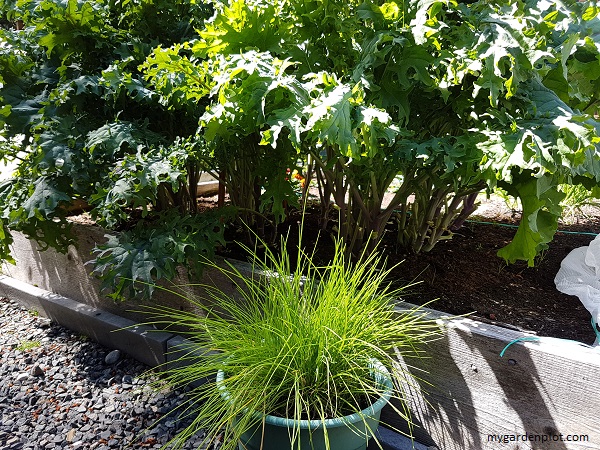
Dividing Chive Clumps
Once established, chives may need to be divided from time to time. Once past their peak in the season, lift the entire plant out of the ground. To enable easier division and for the health of the plant, trim any leaves back to about 10 cm (4 inches) from the base and rinse the exposed roots. Then separate the plant into smaller sections and replant where you wish it to grow, allowing enough room to expand again.
Cooking With Chives
Historically chives have travelled a long way – documented as being used in Chinese medicine as early as 3000 BC. Today they are counted as one of the four ‘fines herbs’ of classic French cooking and used in dishes all over the world. Fines herbs include parsley, tarragon, chervil and of course chives.
Chive leaves are well known for adding to potato salads, egg dishes, and cream, cheese or butter sauces. The delicate, light onion flavour is delicious in so many dishes. As a soft herb, it should be added as one of the last ingredients when cooking. Their mild oniony flavour is delicious raw as a garnish on fresh salads, pasta, chicken and fish dishes.
Chive flowers are edible and the petals can be tossed in with a salad. They have a mild onion flavour and the spark of colour look fabulous! Perfect to garnish a dish.
We always love to hear different ways of using chives. Share your cooking use with chives!
